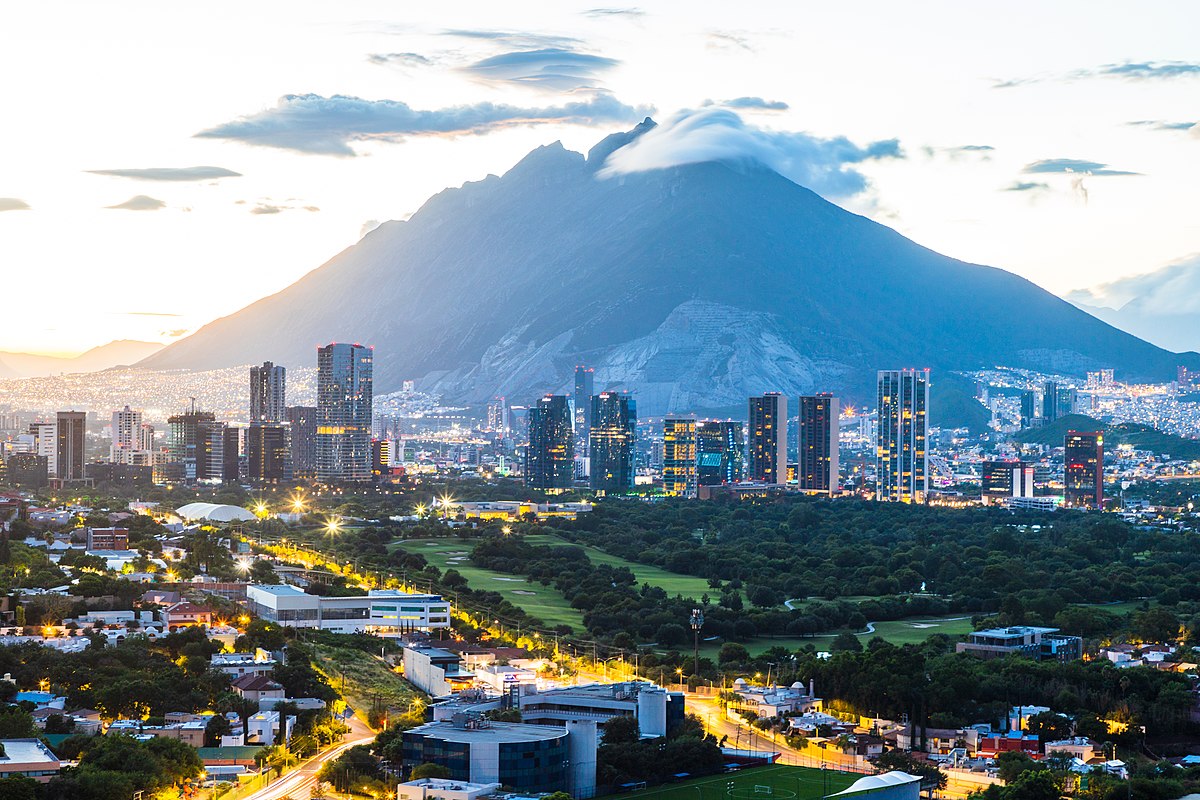Monterrey is a Mexican city that often remains off the main tourist paths but deserves special attention due to its unique features, culture, and significance to the country. It is one of the largest and wealthiest cities in Mexico, surprising visitors with a combination of modern infrastructure, industrial power, and natural beauty. In this article, you will find fascinating facts about Monterrey that offer a fresh perspective on the city. You might not have known how crucial a role it plays in the development of the entire country. Let’s explore these incredible facts about this dynamic and powerful Mexican metropolis.
- Monterrey is the third most populous city in Mexico after Mexico City and Guadalajara. Official data states that it has over 1.1 million residents, while its metropolitan area includes more than 5 million people.
- The city is considered the economic capital of Mexico. It hosts the headquarters of some of the largest Mexican corporations, such as FEMSA, CEMEX, Banorte, and other industrial giants.
- Monterrey is home to one of Latin America’s top private universities — the Monterrey Institute of Technology and Higher Education, commonly known as Tec de Monterrey. This university ranks among the world’s best institutions for quality education.
- The city is surrounded by picturesque mountains, the most iconic being Cerro de la Silla. This mountain earned its name due to its saddle-like shape and has become a symbol of Monterrey.
- Monterrey has a very dry climate with minimal annual rainfall. Because of this, water supply has always been a critical issue, leading the city to actively implement water purification and recycling systems.
- In the city center is the Macroplaza, one of the largest urban squares worldwide. It stretches over 1.5 kilometers and houses government buildings, theaters, museums, and sculptures.
- Monterrey has an exceptionally high level of urbanization. The city is continuously expanding with modern skyscrapers, including Torre Obispado — one of the tallest buildings in Latin America.
- The region is well-known for its steel industry. The AHMSA steel plant, the largest steel producer in Mexico, is located here.
- Monterrey boasts a unique culinary culture dominated by meat dishes. Particularly popular is cabrito — roasted kid goat — which is considered a local delicacy.
- One of the city’s main parks is Fundidora Park, built on the site of a former steel foundry. It has been transformed into a modern cultural space featuring museums, attractions, lakes, and bike paths.
- The famous Museum of Contemporary Art MARCO is located in Monterrey. It is one of Mexico’s most renowned cultural centers, showcasing works by leading Mexican and international artists.
- Nearby the city lies the incredible natural attraction known as Matacanes Canyon. This canyon draws thrill-seekers with its caves, waterfalls, and underground rivers.
- Monterrey was among the first cities in Mexico to introduce a “smart transportation” system. The city invests heavily in automation, cameras, GPS systems, and traffic analytics.
- The annual Pal Norte festival is held in Monterrey, one of the largest music festivals in Mexico. It attracts hundreds of thousands of people and features world-famous performers.
- The city operates a metro system, the second oldest in Mexico after Mexico City’s. The first line opened in 1991, and the system now includes several lines serving thousands of passengers daily.
- The surrounding Sierra Madre Oriental mountain range affects Monterrey’s microclimate. Because of it, the city experiences a unique mix of mountain winds and high temperatures, unusual for northern Mexico.
- Monterrey is considered one of the most dangerous cities in Mexico based on crime rates; however, the government and private companies actively work on improving safety through technological innovations and social programs.
- The city is a growing hub for IT and startups. Numerous coworking spaces, accelerators, and tech parks make Monterrey an attractive place for young entrepreneurs.
- Monterrey is home to one of the country’s most famous football clubs — CF Monterrey, also known as Rayados. Their stadium, BBVA, is one of the most modern in the continent.
- Close to the city are the renowned Cola de Caballo waterfalls. Their name means “Horse’s Tail,” and they are a popular tourist destination due to their natural beauty.
- Monterrey maintains strong ties with the United States, especially Texas. Economic, cultural, and educational exchanges between these regions are continuous and mutually beneficial.
- The headquarters of Vitro, one of the largest glass manufacturers globally, is located in Monterrey. Its products are exported to dozens of countries and used in the automotive and construction industries.
- In 1846, Monterrey was a key battleground during the U.S.-Mexico War. The Battle of Monterrey lasted several days and ended with the surrender of Mexican forces.
- The city is actively developing bicycle infrastructure. New bike lanes, rental services, and programs aimed at reducing car traffic are part of its environmental policy.
- Monterrey hosts the important exhibition center CINTERMEX, where national and international events, forums, conferences, and industrial and scientific fairs take place regularly.
Monterrey is a city of contrasts, where innovation meets tradition, and nature harmoniously coexists with industrial strength. These interesting facts provide a deeper understanding of the unique character of this Mexican metropolis. You might not have known that such a concentration of cultural, economic, and scientific potential exists here. Monterrey definitely deserves more attention from travelers and researchers alike.





